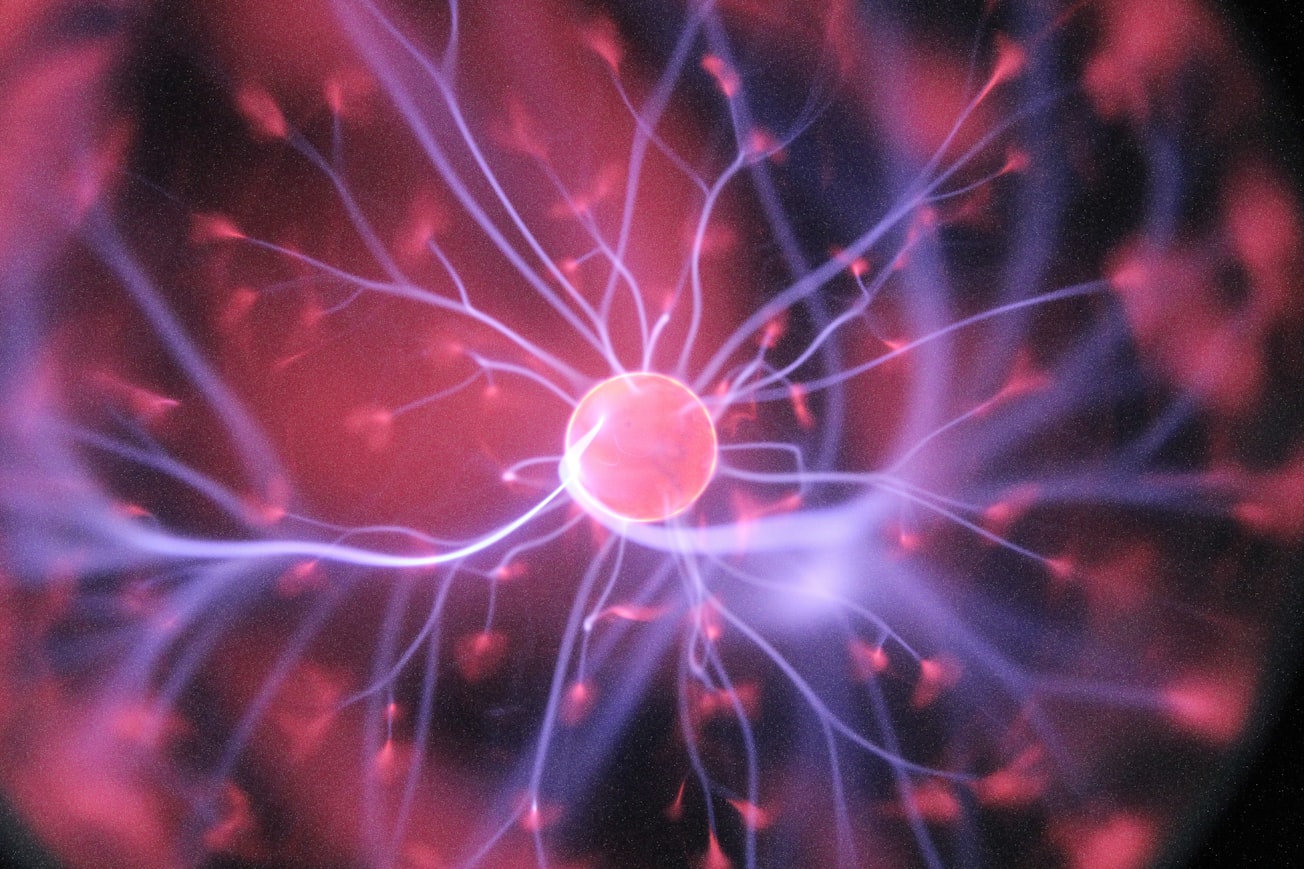What is it about?
In numerous models of neurodevelopmental disorders and epilepsy, genetic mutations associated with enhanced mTORC1 activity engender an increase in the susceptibility to epileptic seizures. This study shows that the deletion of the mTORC1 downstream translational repressor, 4E-BP2, but not 4E-BP1, promotes epileptogenesis. By deleting 4E-BP2 in different cell types, we reveal that the upregulation of mTORC1/eIF4E signaling in parvalbumin inhibitory neurons is sufficient to reduce the threshold for the induction of seizures. We conclude that downstream of mTORC1, 4E-BP2 is the main 4E-BP paralog controlling epileptogenesis and propose that parvalbumin inhibitory neurons are a vulnerable cell type in which the aberrant activation of mTORC1-dependent translation contributes to epileptic pathology.
Featured Image

Photo by HalGatewood.com on Unsplash
Why is it important?
This study identifies a translational repressor 4E-BP2 as a regulator of epileptogenesis and highlight the central role of increased mTORC1-dependent translation in parvalbumin neurons in the pathophysiology of epilepsy.
Perspectives
This work contributes to a better understanding of epilepsy pathophysiology
Arkady Khoutorsky
McGill University
Read the Original
This page is a summary of: 4E-BP2–dependent translation in parvalbumin neurons controls epileptic seizure threshold, Proceedings of the National Academy of Sciences, April 2021, Proceedings of the National Academy of Sciences,
DOI: 10.1073/pnas.2025522118.
You can read the full text:
Contributors
The following have contributed to this page










